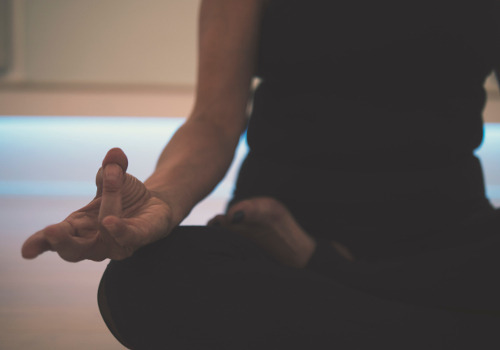How to Write Using Real Life Experiences

It’s sound advice: “Write what you know.” That doesn’t mean drawing from your personal experiences for writing inspiration has to feel limiting! Writer Holly-Emma Johnson is here today to share with us how to use life experiences, meditation, and creativity to expand our mind when it comes to worldbuilding and character writing:
Using real life experiences in your writing lends a realism to your work that can help readers connect with your characters and world. However, ‘writing from real life’ doesn’t mean that you can’t write fantasy or sci-fi, or that you are stuck only writing about school or your neighborhood. The best characters are ones that feel real, that you could almost reach out and touch. Part of that is getting the right character arc, but the rest? It’s using tiny details from real life.
One of the best skills you can develop as a writer is noticing. I have a natural tendency to focus on what my teachers called ‘irrelevant details in her surrounding area’. This trait blossomed into a skill as I began to practice mindfulness and contemplation. Have you ever really looked at a rose? Traced the veins with your eyes, watched as dew evaporated from the small hairs on the stem in the morning, or pondered how the green cap on the end of the flower looks like another flower? (Yeah, noticing isn’t about knowing—I have no idea what that part of a rose is actually called.)
As this skill developed, it began to naturally seep into my writing without my conscious effort. Any time I reach into my mind to describe something—a person, a setting, even creating dialogue—I find that my well of images and sounds is much fuller. Settings still aren’t my best skill, but the compliment I get most about my fiction writing is that my characters feel real. Readers really do notice the small details about the way a character looks, dresses, moves and emotes. Each character must be different, and express each emotion differently to another character. For example, we all cry when very sad, but we all cry differently.
Begin, as with any meditative exercises, with yourself. What little habits do you have that you might not have noticed? How are you sitting right now? I tend to cross my feet at my ankles, resting one of them on the leg of my wheely-chair. When I’m thinking as I write, my fidgeting changes and becomes very focused on my face—touching my face with my hands, pressing the objects into my cheeks, screwing up my mouth. Who knows why I do that, but even without much description about the way I look, you’re already building up a detailed picture of me writing this post, in your mind. One that feels realer than me simply stating I have hazel eyes and have let my roots grow out.
Next, widen your gaze, keeping it soft. You’re not looking for anything in particular, just noticing whatever is in front of you at the time. What do you notice about the people around you? My Grandma bites her thumbnail—only her thumbnail—whenever she’s nervous. It doesn’t particularly matter if you don’t remember who you saw perform this behavior. Humans have a wide variety of behaviors, but we tend to associate certain behaviors with certain types of people. It can be a great narrative or comedic ‘shorthand’ to use these. Dan Avidan once opened a Q + A by straddling a backwards facing chair and announcing ‘I’m gonna sit like a cool Dad talking to you about why you shouldn’t do drugs.’ It’s such a striking and amusing image, and sticks in the mind.
By using small details, you can build up a clear image of your character’s physicality and personality using very few words at a time, keeping your narrative flow tight and exciting, and your readers engaged.

Holly-Emma Johnson writes under two pen names. This one, for her work in writing about the psychology of creativity, and Siobhan Johnson for her work in spirituality, meditation and shadow work. Her first novel is out later this year, featuring a musician selling his soul to the Devil, because she takes writing from her real life very seriously indeed. This tells you something about her real life, but what that something is is best left unclear.
Chris Baty's Blog
- Chris Baty's profile
- 63 followers



